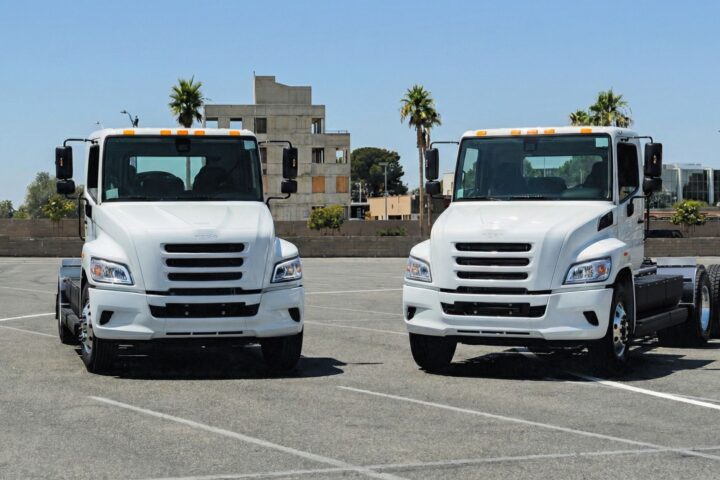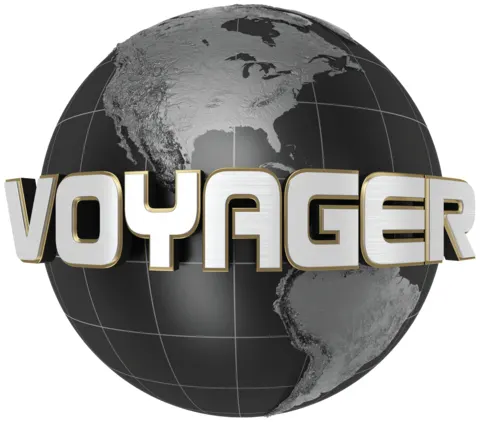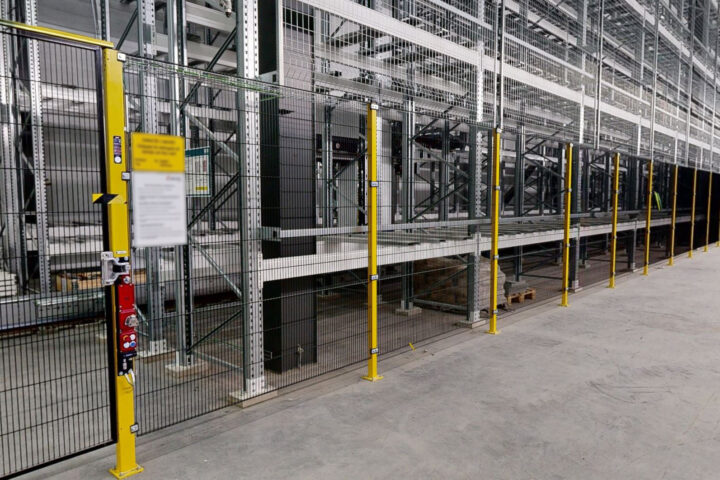Tritium, manufacturer of DC fast chargers, launched its Tri-Flex charging platform in Canada and the U.S. at ACT Expo 2025 in Anaheim, Calif.
The platform features a distributed architecture that enables charge point operators to scale from four to 64 charge points.
Arcady Sosinov, Tritium’s CEO, said the company has a launch customer lined up in Canada, and the announcement will be made shortly.

The core of the platform is the Tri-Flex hub, a power conversion system that grows with need – from 400 kW to 1.6 MW of AC power and up to 3.2 MW of DC power, the company said.
A single hub can power two to 32 Tri-Flex dispensers (up to 64 charge points), eight times more than conventional distributed systems.
Customers can mix and match 100-kW, 200-kW, and 400-kW dispensers in a single system, creating the ideal configuration for their site and customer needs.
The system’s 25-kW power resolution with real-time load balancing ensures optimal energy distribution, maximizing efficiency and throughput. The company added that its full IP65 environmental rating and advanced liquid cooling maintain reliable performance from Arctic cold (-35°C) to desert heat (+55°C).
‘Canada an incredible market’
Sosinov said that in the past, Tritium sold equipment in Canada through third parties but will now be doing business directly with customers.
“Canada is an incredible market for charging, especially in British Columbia. We were in Quebec City last week. The rest of Canada is starting to join in,” he told TruckNews.com.
The economic impact is significant, the company said, with substantial reductions in total cost of ownership compared to conventional architectures. Tri-Flex’s design allows operators to avoid costly utility upgrades while maximizing charging capacity.
No more queuing up for a spot
Sosinov said queueing up for a charging spot is what kills the consumer experience.
“We have power cabinets – 1.6 MW or 3.2 MW of DC power. If you want to feed it to one charger, fine. But the better use case is feed it to 32 dispensers. Those can charge 64 vehicles at the same time,” he said.
If one vehicle comes, it in gets the full charge. But if 64 show up, it will take longer to charge but they all will have a charging spot.
Sosinov said the platform removes barriers to widespread adoption by enabling phased deployment strategies that align capital expenditure with actual utilization, simplifying permitting processes and maximizing return on investment.
The platform allows charging operators to start with what they need today and seamlessly scale as demand increases — without replacing their initial investment. Tri-Flex also includes integration with battery energy storage systems and renewable energy sources to further enhance charging capabilities in grid-constrained locations.
Sosinov confirmed that the platform is megawatt charging system (MCS) capable, but due to the limited number of MCS-capable vehicles registered globally, customers serving heavy-duty vehicles will have access to a 640-kW dispenser. “We will release a MCS dispenser when there is sufficient demand in the market,” he said.













